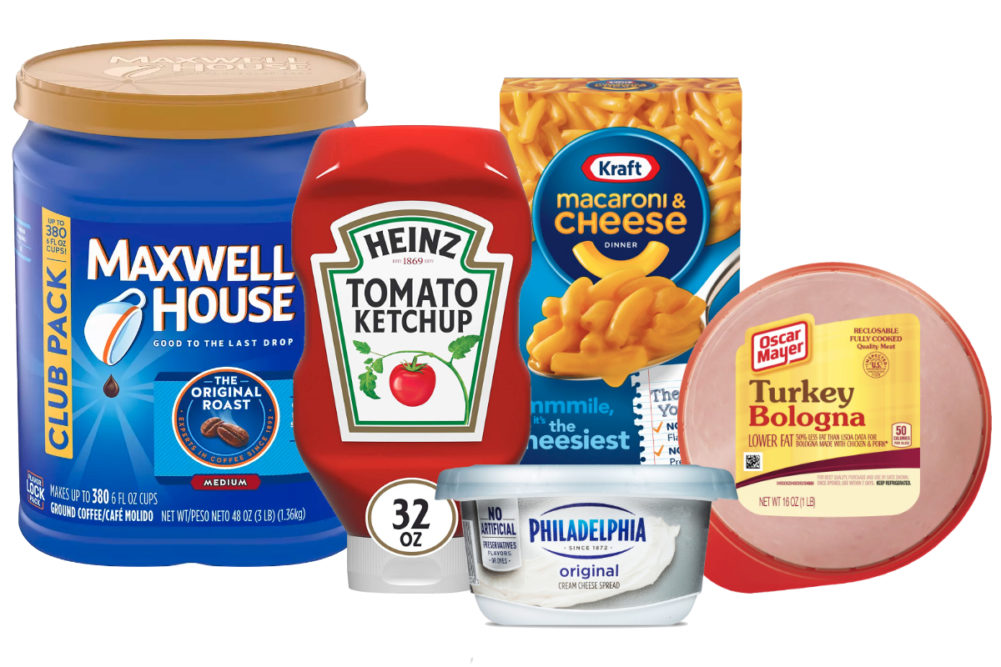PITTSBURGH — After third-quarter results came in better than expected, Kraft Heinz Co. gave an outlook of mid-single-digit organic net sales growth for the fiscal year. The company did not offer fiscal-year guidance when reporting second-quarter results at the end of July.
Miguel Patricio, chief executive officer, said he expects 2021 results to be ahead of the company’s strategic plan.
“You have heard me say frequently that we were cautiously optimistic about the path forward, but our momentum has been building, causing us to turn more to confidently optimistic,” he said in an Oct. 29 earnings call to discuss results for the quarter ended Sept. 26.
Mr. Patricio based his optimism on three factors: the scale that Kraft Heinz brought in the immediate response to the COVID-19 pandemic, increased at-home consumption and demand for Kraft Heinz brands.
“We are seeing consumer preferences evolve in ways that indicate that elevated demand for both at-home consumption and big, trusted brands will remain strong going forward,” he said.
Kraft Heinz posted net income of $597 million, equal to 49¢ per share on the common stock, in the quarter, which was down 34% from $899 million, or 74¢ per share, in the previous year’s third quarter. Driving the decline were charges related to a pending cheese transaction this year and a gain on the sale of the Canadian natural cheese business last year. Net sales rose 6% to $6.44 billion from $6.08 billion despite a negative impact of 0.3% from currency.
“Our agility led to a very strong second half of September as retail demand accelerated yet again, and we responded effectively and efficiently,” Mr. Patricio said. “As a result, our Q3 top- and bottom-line performance was stronger than what we projected at our Investor Day on Sept. 15.”
The stock price for Kraft Heinz on the Nasdaq closed at $30.04 per share on Oct. 29, which was up 2.8% from a close of $29.22 per share on Oct. 28.
In the United Sates, net sales increased 7% to $4.71 billion from $4.39 billion. US organic net sales in the third quarter increased 12% in retail, which compared with a 15% gain in the second quarter, and fell 25% in foodservice, which compared with a decline of 46% in the second quarter.
The Kraft Heinz supply chain has adapted and responded to meet increased demand for its products, said Carlos A. Abrams-Rivera, president of the US Zone.
“I think the analogy I would use to describe this past quarter is that we successfully have been driving down the road at 90 miles per hour to keep up with all the demand, while we are changing the tires,” he said. “Now that takes ownership and agility, and our teams are showing it in spades.”
Mr. Abrams-Rivera said Kraft Heinz in the third quarter relieved supply constraints in high-demand categories like cold cuts, cream cheese, mac and cheese, and stuffing.
“And anticipating continued demand, we expect to go from double- to triple-digit investment dollars to improve capacity in 2021,” he said.
In Canada, net sales declined 2.2% to $406 million from $415 million. Lower coffee and foodservice shipments more than offset pricing gains and strong platform growth, said Paulo Luiz Araujo Basilio, global chief financial officer at Kraft Heinz.
In International, net sales increased 3.9% to $1.33 billion from $1.28 billion. Gains came from emerging markets and the priority markets of Russia and Brazil, Mr. Basilio said.
Kraft Heinz on Sept. 15 announced it was transitioning its portfolio from more than 55 individual categories to 6 platforms: Taste Elevation, Easy Meals Made Better, Real Food Snacking, Fast Fresh Meals, Easy Indulgent Desserts and Flavorful Hydration.
Mr. Patricio on Oct. 29 said sales are growing by mid-single digits for Taste Elevation, which includes ketchup, mayonnaise, mustard, nut spreads and jams, and hot sauces. In the United States, market share for Taste Elevation grew in 70% of the categories where it competes in the third quarter, Mr. Abrams-Rivera said.
Companywide for the nine-month period ended Sept. 26, Kraft Heinz sustained a loss of $676 million, which compared with net income of $1.75 billion, or $1.44 per share, the same time of the previous year. Nine-month sales rose to $19.25 billion from $18.44 billion.






